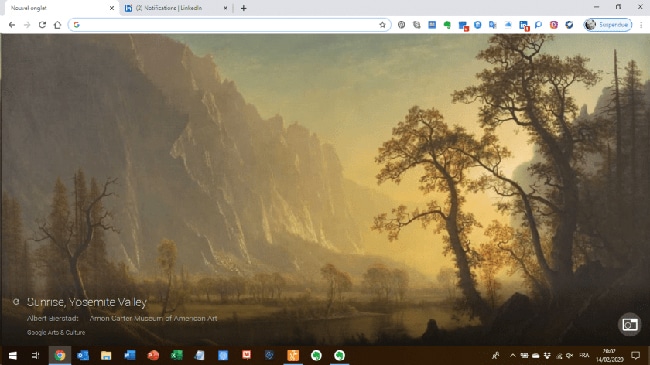

- #Google arts and culture for mac how to#
- #Google arts and culture for mac software#
- #Google arts and culture for mac code#
Such a diagram shows the system as part of the larger technical landscape and allows readers to contextualize the new design given its environment that they are already familiar with.Įxample of a system-context-diagram.

In many docs a system-context-diagram can be very useful. Having said that, a few best practices and repeating topics have emerged that make sense for a large percentage of design docs: System-context-diagram #

#Google arts and culture for mac how to#
Because of this, there is no explicit guidance for how to actually describe the design. The point of writing a document over a more formal medium is to provide the flexibility to express the problem set at hand in an appropriate manner. That is, given the context (facts), goals and non-goals (requirements), the design doc is the place to suggest solutions and show why a particular solution best satisfies those goals. Focus on those trade-offs to produce a useful document with long-term value. The design doc is the place to write down the trade-offs you made in designing your software. This section should start with an overview and then go into details. And if it is a non-goal you might still select a solution that provides it, if it doesn’t introduce trade-offs that prevent achieving the goals. A good example would be “ACID compliance” when designing a database, you’d certainly want to know whether that is a goal or non-goal. Note, that non-goals aren’t negated goals like “The system shouldn’t crash”, but rather things that could reasonably be goals, but are explicitly chosen not to be goals. Goals and non-goals #Ī short list of bullet points of what the goals of the system are, and, sometimes more importantly, what non-goals are. This section should be entirely focused on objective background facts. Keep it succinct! The goal is that readers are brought up to speed but some previous knowledge can be assumed and detailed info can be linked to. This section gives the reader a very rough overview of the landscape in which the new system is being built and what is actually being built. Having said that, a certain structure has established itself as really useful. Rule #1 is: Write them in whatever form makes the most sense for the particular project.
#Google arts and culture for mac software#
Scaling knowledge of senior engineers into the organization.įorm the basis of an organizational memory around design decisions.Īcts as a summary artifact in the technical portfolio of the software designer(s).ĭesign docs are informal documents and thus don’t follow a strict guideline for their content. Unstructured text, like in the form of a design doc, may be the better tool for solving problems early in a project lifecycle, as it may be more concise and easier to comprehend, and communicates the problems and solutions at a higher level than code.īesides the original documentation of a software design, design docs fulfill the following functions in the software development lifecycle:Įarly identification of design issues when making changes is still cheap.Īchieving consensus around a design in the organization.Įnsuring consideration of cross-cutting concerns.
#Google arts and culture for mac code#
The design doc documents the high level implementation strategy and key design decisions with emphasis on the trade-offs that were considered during those decisions.Īs software engineers our job is not to produce code per se, but rather to solve problems. These are relatively informal documents that the primary author or authors of a software system or application create before they embark on the coding project. One of the key elements of Google's software engineering culture is the use of defining software designs through design docs.


 0 kommentar(er)
0 kommentar(er)
